Disclosure: This article contains affiliate links. We may earn a commission from purchases at no extra cost to you, which helps our travel content.
As an educator who's spent countless hours bringing American history to life for my students, I've learned that sometimes the most profound historical lessons aren't found in textbooks but in the overlooked corners of our communities. Rockville, Maryland—just a short drive from Washington D.C.—is exactly that kind of place: a historical treasure trove hiding in plain sight. During a recent spring break, I traded my principal's office for a weekend of exploration in this unassuming suburb, armed with my trusty Moleskine notebook and an insatiable curiosity about the stories that shaped our nation. What I discovered was a compact historical journey perfect for families looking to connect with America's past without breaking the bank. These seven landmarks—each a different inning in Rockville's historical ballgame—offer an accessible way to step through time with your children while creating memories that will last far longer than the weekend itself.
The Heart of Montgomery County: Rockville Courthouse Historic District
Standing in the center of Rockville's historic courthouse square feels like stepping onto a living timeline of American judicial history. As someone who's visited courthouses across the country (often while chaperoning debate team competitions), I can tell you that Rockville's 1891 Red Brick Courthouse stands apart for its accessibility and the stories it contains.
The district encompasses not just the iconic courthouse but a progression of judicial buildings that span from 1891 to the present day—a visual evolution of American justice architecture. For families, this creates a perfect opportunity to discuss how our legal system has grown and changed. My favorite approach is to start at the oldest building and work forward chronologically, asking kids to spot the differences in design and consider why they might have changed.
The Red Brick Courthouse, with its distinctive clock tower, served as Montgomery County's judicial center until 1931. Today, it houses a museum with interactive exhibits that even younger children find engaging. The docents here are exceptional—many are retired teachers who understand how to connect with young visitors. When I visited last fall, a volunteer named Margaret had my friend's 9-year-old son completely captivated with stories about famous cases that had been tried within these walls.
Don't miss the small but significant exhibit on the lower level that documents the courthouse's role during the civil rights movement. It's a sobering but important reminder of how recently the struggle for equality played out in these very halls.
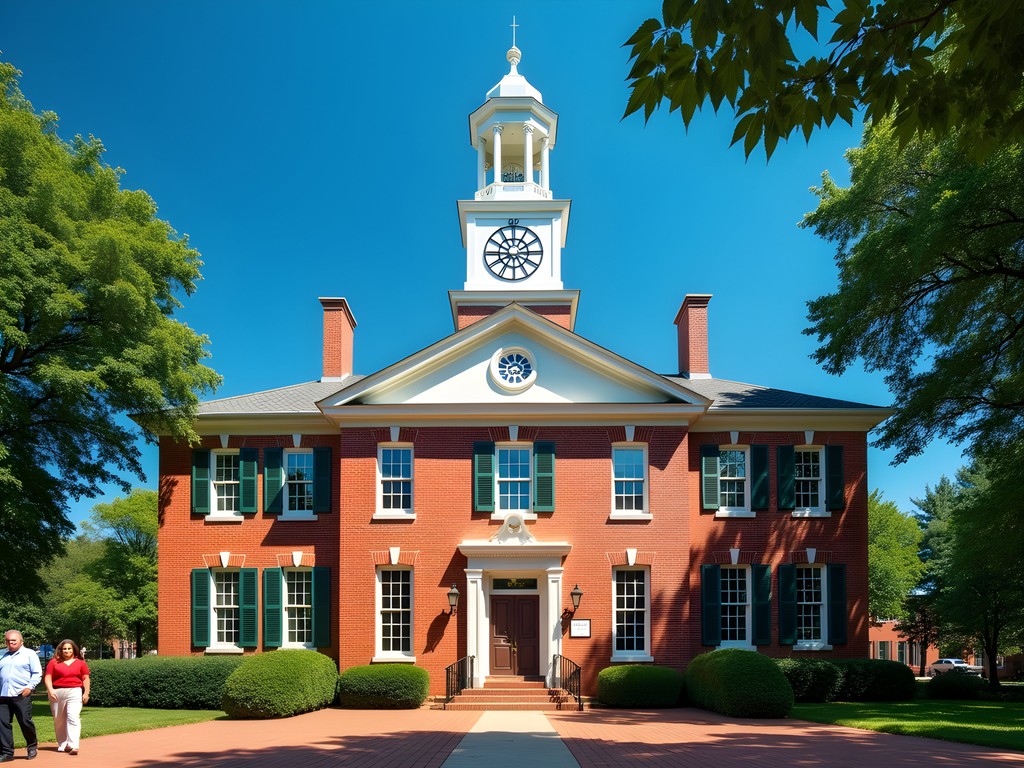
💡 Pro Tips
- Visit on Thursday afternoons when retired judges sometimes give impromptu talks in the historic courtroom
- The courthouse square has several shaded benches perfect for a picnic lunch
- Pick up the free Family History Detective worksheet at the information desk—it turns the visit into a scavenger hunt kids love
Beall-Dawson House: Stepping Into 19th Century Life
If baseball has taught me anything, it's that understanding the fundamentals is essential before appreciating the finer points of the game. The same applies to history—and there's no better place to grasp the fundamentals of 19th-century American life than the Beall-Dawson House.
Built in 1815 for Upton Beall, the clerk of the Montgomery County Court, this Federal-style brick house offers families a tangible connection to daily life in early America. What makes this site particularly valuable for children is the contrast it presents: the formal rooms where the wealthy Beall family entertained guests versus the stark quarters where enslaved people worked and lived.
The Montgomery County Historical Society has done an exceptional job creating age-appropriate ways to engage with difficult history here. My recommendation is to call ahead and book one of their Family Discovery Tours, where kids can try on period-appropriate clothing (my personal favorite is watching children realize how many layers people wore before air conditioning!) and handle reproduction objects from the era.
The property also includes a doctor's office from the 1850s that was moved to the site. The medical instruments and remedies displayed here never fail to elicit gasps from children—and provide an excellent opportunity to discuss how far medical science has progressed.
Before visiting historic homes, I always recommend families read a bit about the period together. A children's history book with good illustrations can provide context that makes the experience much more meaningful. The gift shop also sells several excellent titles specifically about Montgomery County history that make great souvenirs.

💡 Pro Tips
- Visit on the first Sunday of each month when admission is discounted for families
- The garden behind the house is a perfect spot for children to burn off energy between tours
- Ask specifically about the 'touch collection' of historical objects kids are allowed to handle
Rockville B&O Railroad Station: America's Transportation Revolution
Few things capture a child's imagination quite like trains, which makes the restored 1873 Rockville B&O Railroad Station a home run for family visits. Standing on the platform of this Victorian Gothic station—the oldest surviving railroad station in Montgomery County—I'm always struck by how it connects to broader themes of American expansion, commerce, and community development.
The Baltimore & Ohio Railroad transformed not just Rockville but the entire concept of American mobility. This beautifully preserved station tells that story through engaging exhibits that appeal to multiple age groups. The main waiting room has been restored to its 1920s appearance, complete with period-appropriate furnishings and ticketing equipment.
What makes this site especially valuable for families is the model train display that operates on weekends. Volunteer conductors are incredibly knowledgeable and patient with children's questions. My last visit coincided with a visit from my colleague's family, and her train-obsessed 6-year-old spent nearly an hour asking detailed questions about how steam engines work—all of which were answered with enthusiasm.
The station's location is also ideal—it sits directly adjacent to the modern Metro station, allowing for discussions about how transportation has evolved. I recommend bringing a travel journal for kids to sketch the differences between historic and modern trains. This kind of comparative observation builds critical thinking skills while they're having fun.
Don't miss the small exhibit about the station's role in the Civil War, when the railroad became strategically crucial for moving Union troops. The station changed hands several times during the conflict, and the displays include archaeological artifacts recovered from the grounds.
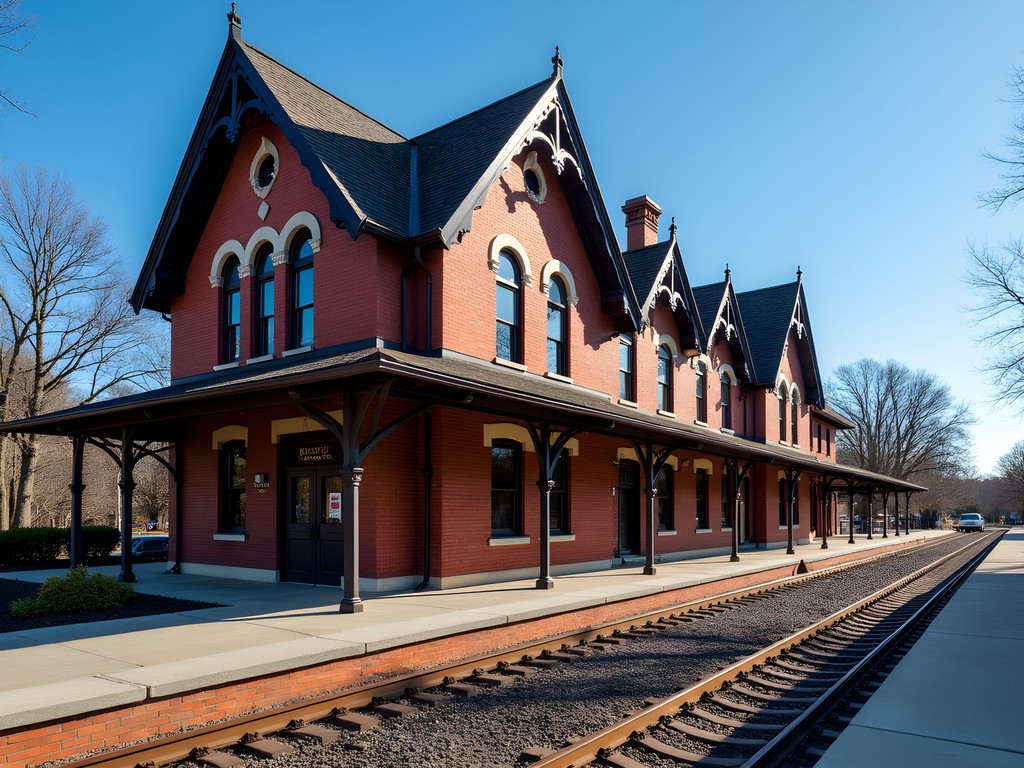
💡 Pro Tips
- Time your visit for Saturday mornings when the model train club runs demonstrations
- Bring quarters for the miniature train viewer machines that kids love
- Pack a travel binoculars to spot real trains passing on the modern tracks nearby
Josiah Henson Park: Confronting America's Painful Past
Some historical sites require more emotional preparation than others, especially when visiting with children. Josiah Henson Park is one such place—a site that demands thoughtfulness but rewards visitors with profound insights into our nation's painful struggle with slavery and the inspiring stories of resistance and resilience.
The park preserves the former plantation property where Reverend Josiah Henson was enslaved from 1795 to 1830. Henson's autobiography later inspired Harriet Beecher Stowe's landmark novel "Uncle Tom's Cabin." As an educator and an African American man, I find this site particularly moving—it connects literary history with the very real experiences of enslaved people.
The recently renovated visitor center provides age-appropriate materials for discussing slavery with children. My approach has always been honesty tempered with sensitivity to developmental stages. The junior ranger program here is excellent, offering different versions for various age groups. For younger children (ages 6-9), the focus is more on Henson's courage and journey to freedom, while older children engage with more complex historical concepts.
Archaeological work continues on the property, and depending on when you visit, you might see active digs in progress. The staff archaeologists are wonderful about explaining their work to curious visitors—my last visit coincided with the discovery of artifacts from the kitchen quarters, and watching children's faces as they realized they were witnessing history being literally unearthed was remarkable.
The park's walking trail includes thoughtful interpretive signs with QR codes that link to additional resources. I recommend parents preview some of this material before visits with very young children, as some content appropriately reflects the harsh realities of enslavement.
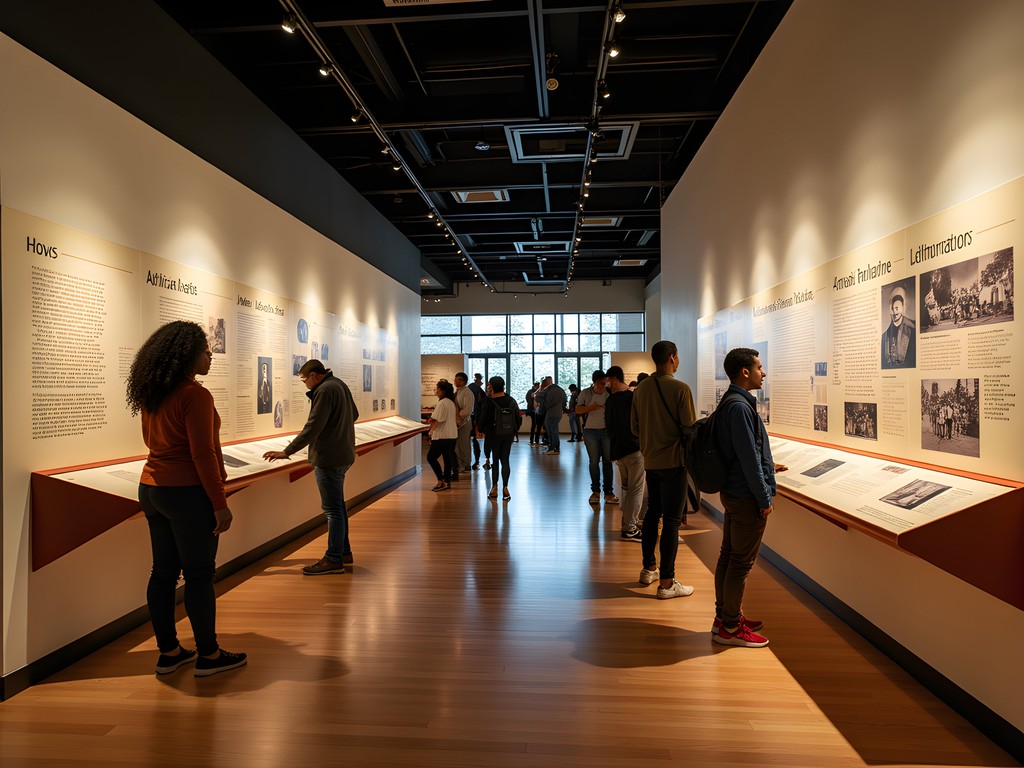
💡 Pro Tips
- Visit the website before your trip for age-appropriate discussion guides to help prepare children
- The best time to visit is during one of their frequent living history programs with first-person interpreters
- Call ahead to check if archaeological work is in progress—these are fascinating opportunities for children to see history being discovered
King Farm: From Agricultural Past to Sustainable Future
Baseball fans know that understanding a team's history enriches appreciation of its present. Similarly, understanding Rockville's agricultural past provides context for its current identity. King Farm—once one of Montgomery County's largest agricultural operations and now a mixed-use planned community—offers families a unique opportunity to explore how American land use has evolved.
The original King Farm was established in the 1920s and operated as a dairy farm until the late 20th century. Today, the 430-acre property has been transformed into a new urbanist community, but thoughtful preservation efforts have maintained key historical structures and integrated them into public spaces.
Start your exploration at the King Farm Farmstead Park, where the original dairy barn, main house, and several outbuildings have been preserved. The interpretive signs include historical photographs that make it easy for children to visualize how dramatically the landscape has changed. The contrast between these historic agricultural buildings and the surrounding modern development creates natural opportunities to discuss land use, sustainability, and community planning with older children.
What makes King Farm particularly interesting for families is the way it demonstrates adaptive reuse of historical structures. The former dairy barn now serves as a community center, while other farm buildings have been repurposed for new uses. For children interested in architecture or engineering (I've found many baseball-loving kids also enjoy structural design), this presents fascinating examples of how to honor history while meeting contemporary needs.
The community's extensive trail system makes exploration easy and enjoyable. I recommend bringing a digital camera so children can document the historical structures and create before-and-after comparisons using the historical photos on the interpretive signs.
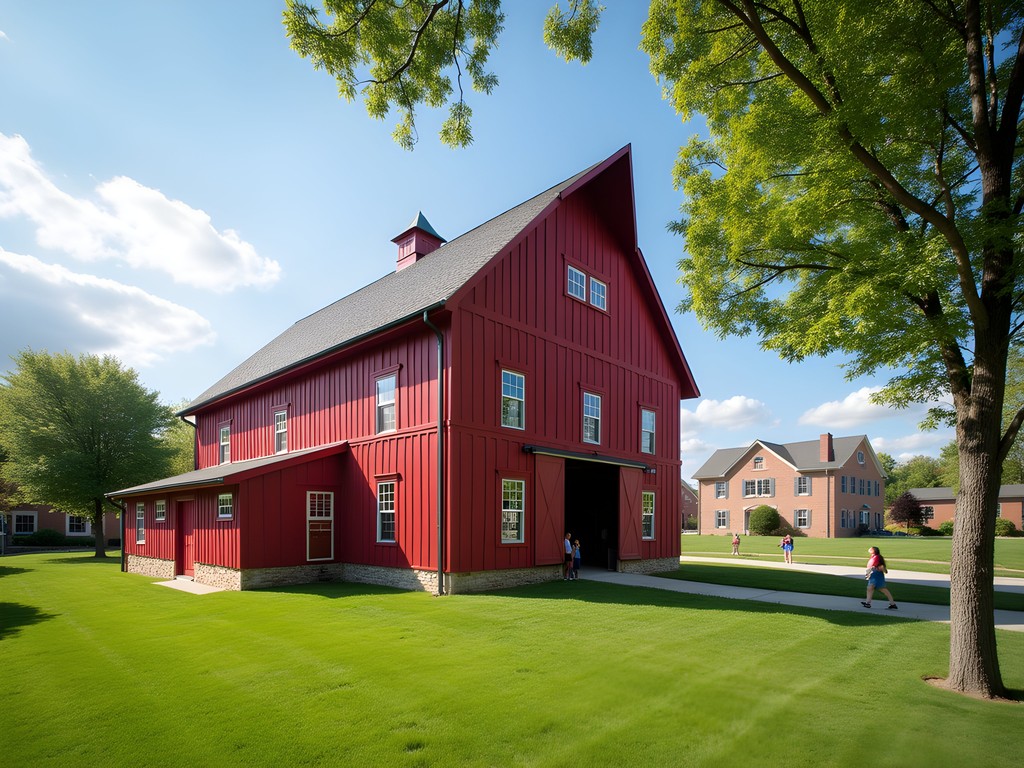
💡 Pro Tips
- Visit on Saturday mornings when the seasonal farmers market operates—a fitting continuation of the property's agricultural heritage
- Download the free King Farm history walking tour app before your visit for interactive exploration
- The farmstead often hosts community events on weekends—check their calendar online
Rockville Cemetery: Stories Written in Stone
Cemeteries might seem like unusual destinations for family outings, but as an educator, I've found they offer unparalleled windows into local history. Rockville Cemetery, established in 1738, is one of Montgomery County's oldest burial grounds and presents a remarkable opportunity for families to connect with nearly three centuries of American stories.
Before you dismiss the idea of bringing children to a cemetery, consider this: these peaceful grounds contain a wealth of information about art, symbolism, changing attitudes toward death, immigration patterns, epidemics, and countless other historical threads—all presented in a way that naturally sparks curiosity rather than fear.
The cemetery's location on a gentle hillside provides beautiful views and a serene setting for exploration. For families, I recommend turning your visit into a respectful scavenger hunt: look for the oldest gravestone you can find, symbols like weeping willows or clasped hands, changing styles of monuments over time, or evidence of major historical events like the Civil War.
The cemetery contains the graves of prominent local figures, Revolutionary and Civil War veterans, and ordinary citizens whose stories collectively tell Rockville's history. The diversity of monuments—from simple 18th-century headstones to elaborate Victorian memorials—provides a visual timeline of changing American funerary practices.
One particularly moving section contains the graves of enslaved people, marked now with simple stones. These modest monuments provide powerful opportunities to discuss how we remember—or fail to remember—all members of our communities throughout history.
Before visiting, I suggest establishing clear expectations for respectful behavior with children. In my experience, when the historical significance is explained appropriately, even young visitors approach the site with natural reverence.
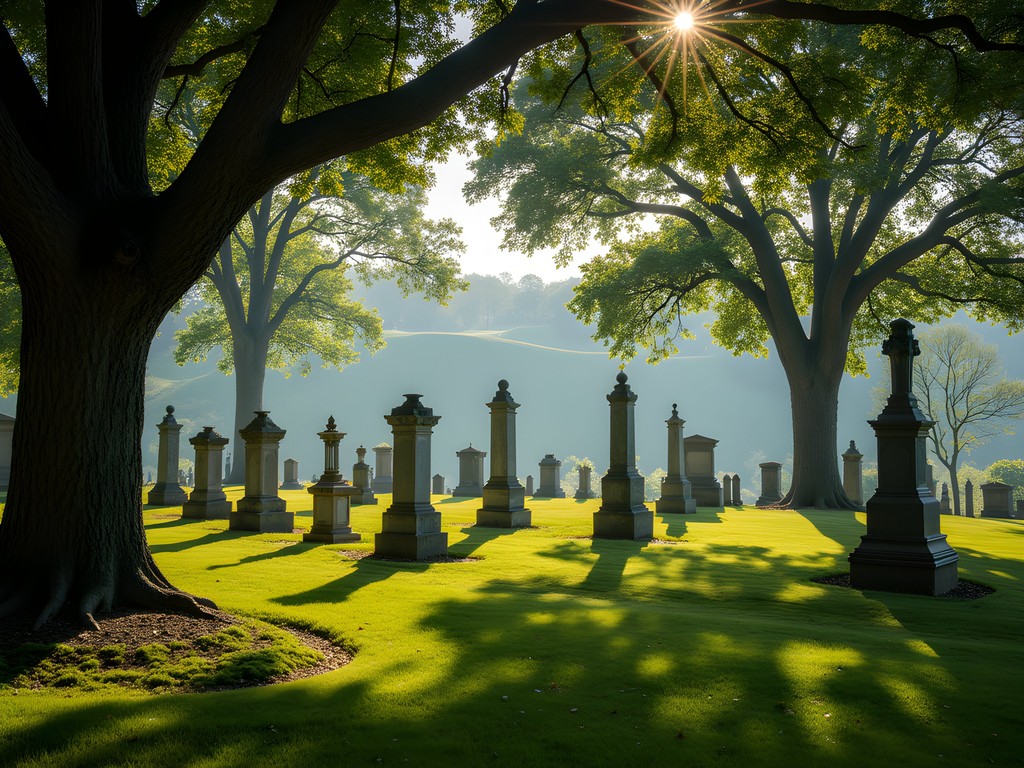
💡 Pro Tips
- Visit during morning hours when the light is best for reading inscriptions on older stones
- Stop by the cemetery office for a free map highlighting graves of historical significance
- Bring paper and crayons for gravestone rubbings—a respectful way for children to document interesting designs (check cemetery rules first)
Rockville Town Center: Where History Meets Modern Community
Every great baseball game needs a seventh-inning stretch, and Rockville Town Center provides the perfect relaxing conclusion to your historical exploration. While primarily modern, this vibrant downtown area incorporates historical elements that help tie together the stories you've encountered throughout your journey.
The town square features several interpretive displays chronicling Rockville's evolution from small crossroads to county seat to suburban center. These well-designed panels include historical photographs positioned so visitors can compare past and present views from the same vantage point—an exercise that children find surprisingly engaging.
The F. Scott and Zelda Fitzgerald gravesite in St. Mary's Cemetery, adjacent to the town center, connects Rockville to literary history. The author of "The Great Gatsby" and his wife are buried here, their final resting place marked by a gravestone inscribed with the famous closing line from his masterwork. For families with older children who may have encountered Fitzgerald's work in school, this creates a meaningful literary connection.
The town center also hosts a weekly farmers market and frequent cultural events that often highlight local history. Check the events calendar before your visit, as these programs frequently include family-friendly historical demonstrations or performances.
After a day of historical exploration, the town center's variety of family-friendly dining options provides welcome refreshment. My personal recommendation is to end your historical journey with ice cream at Carmen's Italian Ice & Cafe—their outdoor seating area overlooks the town square and provides the perfect spot for reflecting on all you've learned throughout your Rockville history adventure.
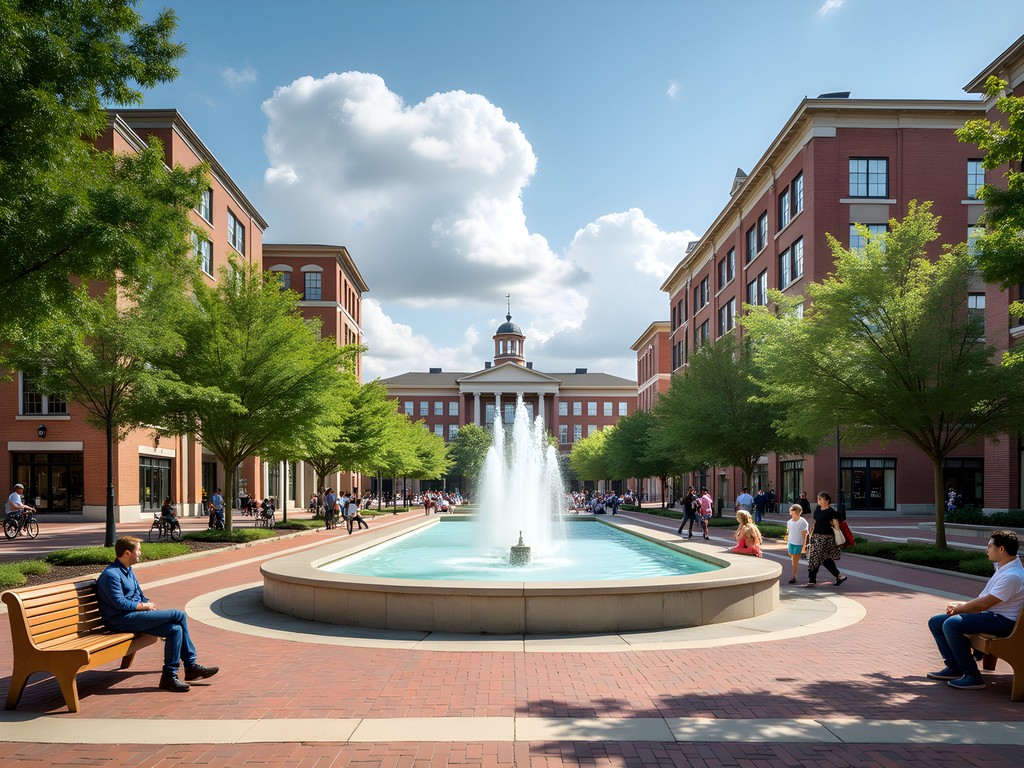
💡 Pro Tips
- Visit the Rockville Memorial Library in the town center for excellent children's books about local history
- Check out the free historical walking tour brochures available at the Visitor Center kiosk
- Time your visit to coincide with one of the frequent weekend cultural festivals that often feature historical components
Final Thoughts
As an educator who's spent years connecting students with America's story, I find Rockville's historical landscape particularly meaningful because it doesn't just showcase the grand narratives—it reveals how national currents shaped everyday lives in this community. The seven landmarks we've explored offer families a chance to experience American history as a living, breathing continuum rather than isolated chapters in a textbook. What makes these sites especially valuable is their accessibility: you can visit them all in a weekend without straining your budget or overwhelming young attention spans. I encourage you to approach this journey with the curiosity of a student and the joy of a baseball fan discovering a new ballpark—look for the details, ask questions, and appreciate how each landmark adds another dimension to our understanding of the American experience. Whether your children are history enthusiasts or just beginning to develop their interest in the past, Rockville's hidden historical gems will leave lasting impressions that extend far beyond your weekend visit.
✨ Key Takeaways
- Rockville's historical sites offer an accessible way for families to experience nearly three centuries of American history in a single weekend
- The diversity of sites—from courthouses to cemeteries—provides multiple entry points for children with different interests
- Many locations offer specialized programs for young visitors that transform historical learning into interactive adventures
- The compact nature of Rockville makes it possible to visit all seven landmarks without overwhelming children or budgets
📋 Practical Information
Best Time to Visit
year-round, though spring and fall offer the most comfortable weather for walking between sites
Budget Estimate
$50-100 for a family of four, including modest admission fees and meals
Recommended Duration
One full weekend (2 days)
Difficulty Level
Easy - Most Sites Are Within Walking Distance Or A Short Drive From Each Other


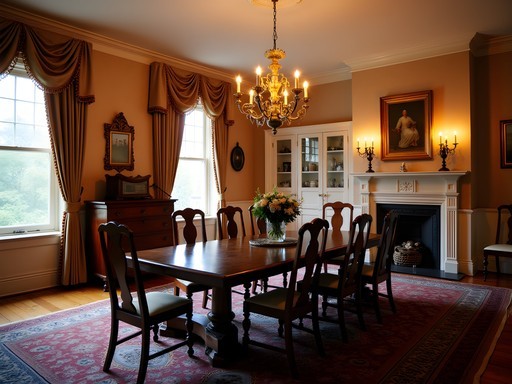
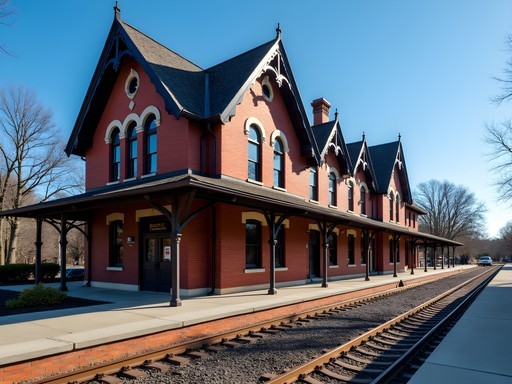
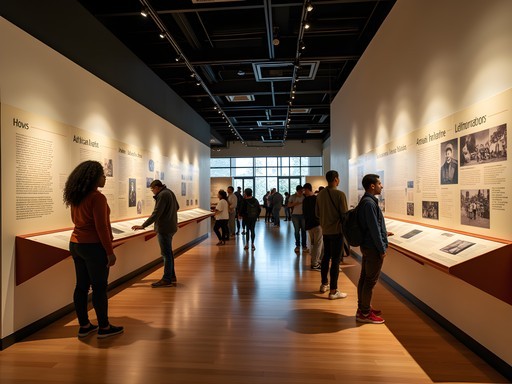
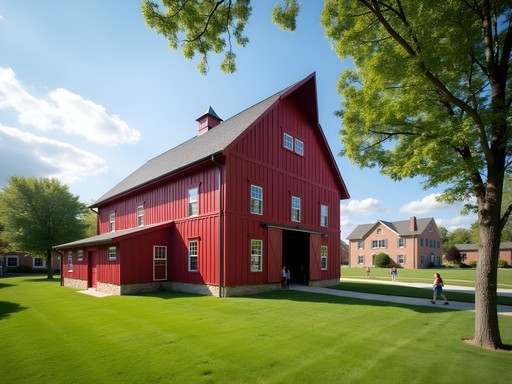
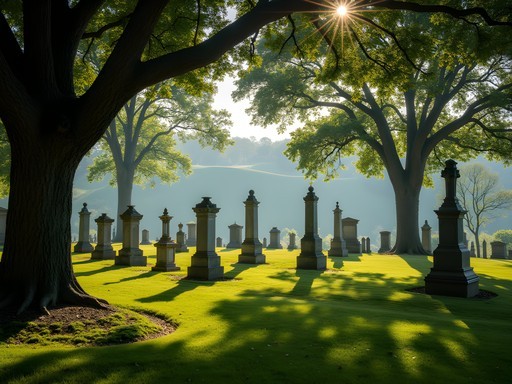









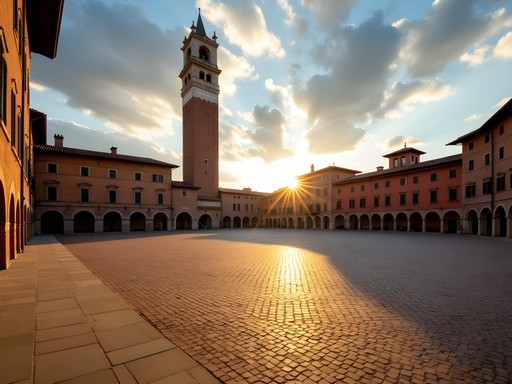
Comments
globestar
Love discovering places with real historical significance instead of tourist traps! Adding Rockville to my list for our East Coast road trip.
Robert Moreau
Avery, this is exactly the kind of hidden gem content I live for! I was in Rockville last fall for a conference and stumbled upon the Beall-Dawson House by accident. The docent there was incredible - a retired history professor who knew every detail about 19th century domestic life. She showed us how they prepared meals, the children's toys from that era, and even let us try writing with quill pens! It's these intimate historical experiences that really transport you to another time. I've been to countless museums across 42 countries, but sometimes these smaller, lovingly preserved sites offer the most authentic connection to history.
Avery Wallace
Robert, I couldn't agree more! That must have been Martha giving the tour - she's a treasure and knows more about Rockville's history than anyone. The hands-on experiences are exactly why I bring my students there every year.
springtime
Just visited Josiah Henson Park last weekend. Such a powerful experience. Everyone should go.
journeychamp
As a history teacher myself, I really appreciate this post! How much time would you recommend setting aside to visit all these landmarks? Could it be done in a day or should I plan for a weekend?
Robert Moreau
Not the author, but I visited Rockville last year and spent a full day just exploring the Courthouse District and Beall-Dawson House. If you want to really absorb the history and not rush, I'd definitely recommend a weekend. The Josiah Henson Park in particular deserves time for reflection. I found the Rockville Historical Walking Guide incredibly helpful for getting between sites and understanding the context.
journeychamp
Thanks for the insight, Robert! I'll plan for a weekend trip then. Appreciate the guide recommendation too.
citywalker
Great post! I live just outside DC and never thought to explore Rockville's history. Is the B&O Railroad Station open year-round? Thinking of taking my nephews when they visit this fall.
Avery Wallace
Thanks citywalker! Yes, the B&O Station is open year-round, though hours are shorter in winter. Your nephews will love it - they have some interactive exhibits that really bring the transportation revolution to life for kids!
citywalker
Perfect! Adding it to our must-visit list. Thanks for the quick response!
HistoryTeacher75
As a fellow educator, I really appreciate this post! I took my 8th grade class to the Beall-Dawson House last month as part of our local history unit, and they were completely engaged. The docents did an amazing job explaining daily life in the 19th century in ways that resonated with teenagers (the lack of modern plumbing was particularly horrifying to them!). The primary source documents they have on display also helped my students connect with the past in a way textbooks simply can't achieve. Avery, you're absolutely right that these smaller local sites often tell America's story more effectively than the grand national monuments.
Avery Wallace
So glad to hear your students connected with the history! That's exactly why I wrote this piece - these tangible connections to the past are invaluable teaching tools. The Beall-Dawson House's education program is excellent. Did you get to see the medicinal garden too? My students are always fascinated by historical healthcare practices!
HistoryTeacher75
We did see the medicinal garden! The guide explained all the different herbs and their uses - the students were particularly grossed out by some of the remedies! 😂 Planning to return in the spring when more plants are in bloom.
freewanderer
Great post! Love finding these hidden historical gems that aren't overrun with tourists.
winterguy
Is it possible to see all these landmarks in one day? Planning a quick trip from Philadelphia and wondering if I should stay overnight or if I can do it as a day trip.
smartbuddy
You can definitely do it in a day if you start early! The sites are pretty close to each other. But if you want to really take your time at each place (especially Josiah Henson Park), might be worth staying overnight.
winterguy
Thanks for the tip! Might just make it a weekend then to avoid rushing.
smartbuddy
Just visited Rockville last weekend after reading this post! The B&O Railroad Station was my favorite - such a cool example of Victorian architecture and the exhibits about early American railways were fascinating. Didn't know that Rockville was such an important transportation hub back in the day. We also checked out the courthouse district which has some amazing restaurants nearby. The walking tour between sites was super manageable even with my parents who aren't big walkers. Thanks for putting Rockville on my radar, Avery!
Douglas Bradley
As someone who's documented historical sites across North America, I found this post particularly refreshing, Avery. Rockville often gets overshadowed by DC's monuments, but you've captured why these local landmarks matter in our national narrative. I spent two days exploring Rockville last year, and the Josiah Henson Park was profoundly moving - the way they've preserved the connection to Harriet Beecher Stowe's inspiration for 'Uncle Tom's Cabin' offers visitors a tangible connection to literary and social history that's rare. For those planning to visit, I'd recommend using the walking tour guide which connects these sites with excellent historical context.
winterclimber
Is the Josiah Henson Park suitable for bringing kids? My 10-year-old is studying American history and I'd like to take her, but wondering if the content might be too heavy.
Douglas Bradley
Absolutely suitable for a 10-year-old! They have excellent age-appropriate materials and guides who know how to discuss challenging history with younger visitors. The interactive elements are particularly good for helping kids engage with the history in meaningful ways.
winterclimber
That's great to hear, thanks! Will definitely add it to our weekend plans.
Venture X
Premium card with 2X miles, $300 travel credit, Priority Pass